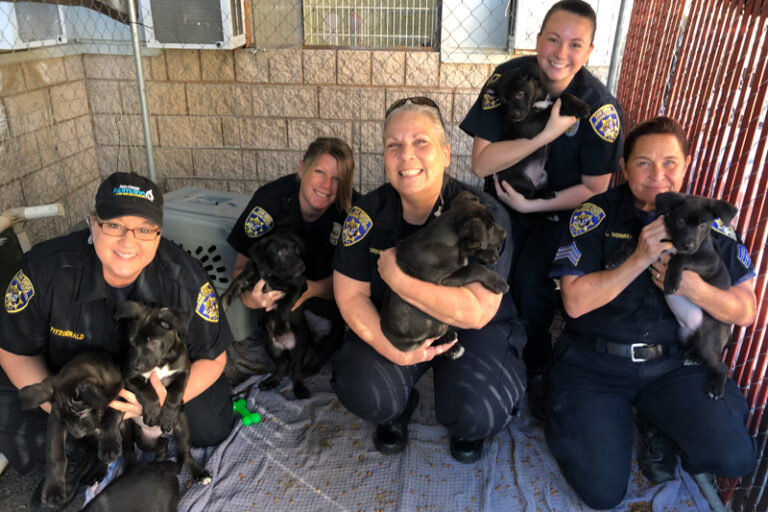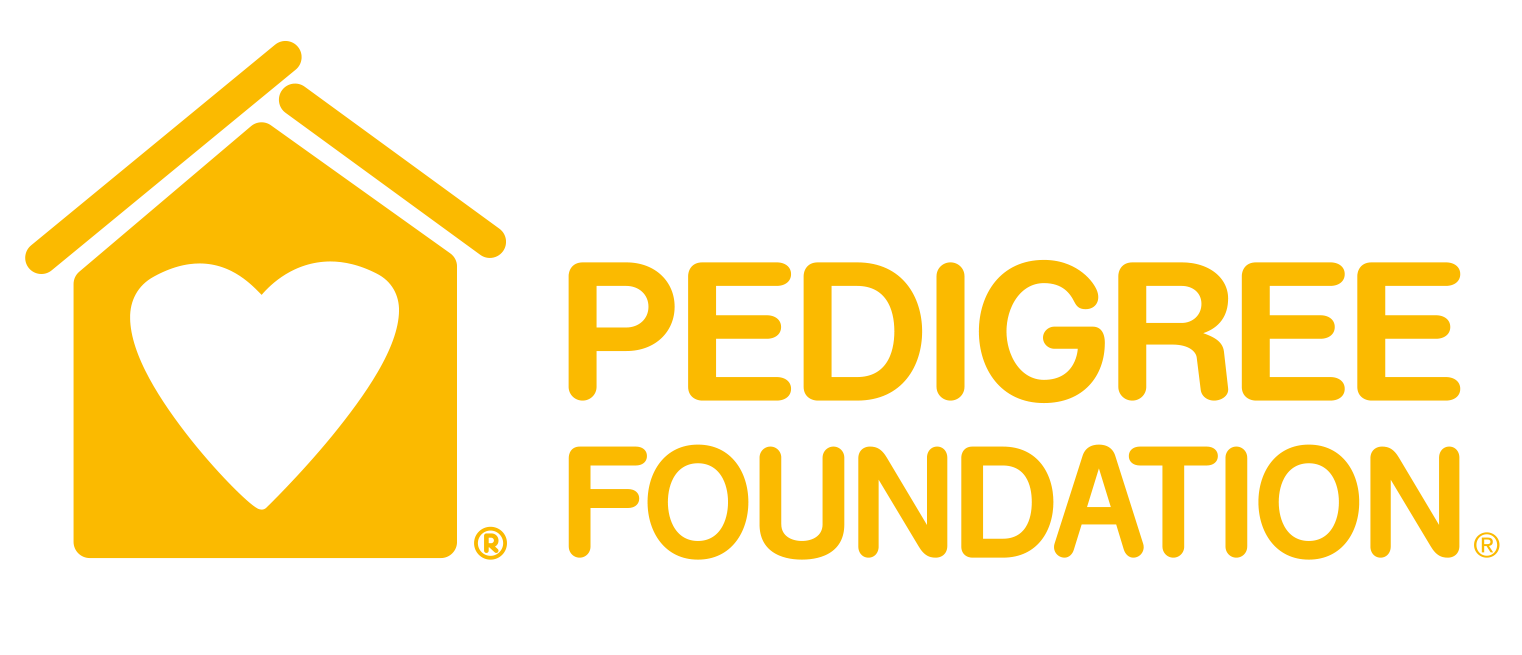Over the last few months, 12 HASS pilot shelters took a deep dive review into their shelter operations and programs, aiming to identify any lingering barriers to positive outcomes as part of a formal Competitive Pet Placement project. An initiative supported by PetSmart Charities, the goal is to make sure animal shelters are not making it harder for people to adopt and foster than it ought to be—and to make it easier for pets to get into homes.
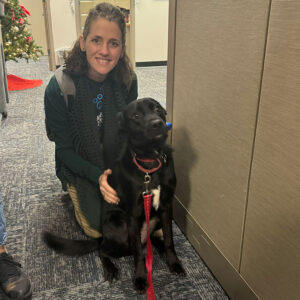
Throughout the beginning stages of this process, the HASS team, in collaboration with the pilots, identified the most common barriers—and how to knock them down. We also gathered some key lessons and takeaways that any shelter can use.
But before we share those insights, first ask yourself: Is your organization leveraging the power of your whole community? Really think about it.
- Do you have cumbersome processes, programs, or policies that inhibit positive outcomes?
- Can the public easily get in touch with you and ask about available pets or programs?
- Are you communicating and collaborating with the public with kindness and empathy?
The animal welfare industry often discusses community engagement in terms of social media, fundraising, and events, but engaging and including your whole community involves every touchpoint with your organization, down to the details. After all, every touchpoint, in-person or online, is an opportunity!
What is a barrier?
- Anything that makes it difficult to get involved or access your organization
- Anything that includes judgment
Ultimately, public perception defines what a barrier is.
How to get started
This is where the fun starts and where our team gained the most insight! To guide the process of first identifying barriers, you’ll need to form a small task force consisting of organizational leadership, staff members, trusted volunteers, and community members. This group should be diverse and include as many perspectives as possible. Consider professional expertise, length of time involved with the organization, the department or program they represent, etc. Use this group to review every department/program/process in your organization. This blog can help you get started with this work.
Consider what we learned from our recent Competitive Pet Placement initiative with participating HASS pilot shelters. We zeroed in on examining specific processes and forms for how the public expressed interest in adoption and fostering programs. One finding is that there were differences in how we engage with adopters versus fosters, such as differing requirements to participate in or access these programs. Some foster programs required longer interest or application forms and time-consuming onboarding processes, whereas an adopter could walk into the shelter and take home a pet the same day. This highlighted an opportunity to make things easier for interested fosters!
Cabot Animal Support Services’ Shelter Supervisor, Brittney Mahoney said this about participating in this initiative: “Continually improving what we do and how we do it has been beneficial to the welfare of our community and its pets. Making sure everyone has the ability to access the help they need and getting as many pets back home as possible.” Here’s one way that CASS put these principles into practice!
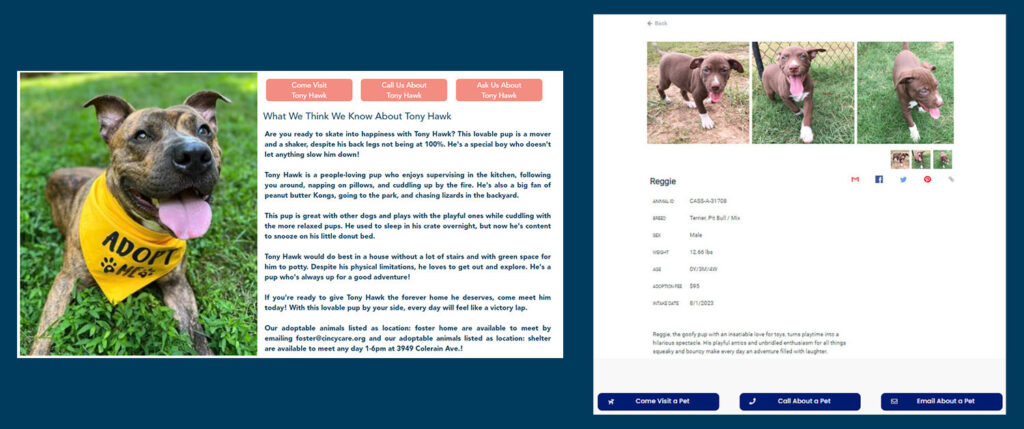
If your organization embarks on this barrier-busting journey and makes improvements to increase the accessibility of your shelter’s programs, shout it from the rooftops! In this digital age where we expect ease of access, it’s important to make it known that adopting (and fostering) with your organization is just as easy as purchasing an animal while still advocating for our shelter pets’ needs, of course.
Don’t forget to track shelter data to show both the public and your staff the impact of removing these barriers! Data points like increased interest in adoption and foster programs are a great place to start! This includes monitoring trends in program interest or adoption and foster placements.
Other ways the HASS pilot shelters made progress was by focusing on specific marketing initiatives aimed to increase visibility, create connection with, and highlight the positive qualities of specific pets. For example, many made a goal of increasing the amount of pets with biographies visible on the website. It’s no secret that this can be a challenging task, especially with high volumes of pets in care, but these shelters utilized information collected by fosters, volunteers, and staff members to craft compelling stories about adoptable pets. Shelters can even use the power of AI, like ChatGPT, to do this! Check out this blog to get started.
“San Diego Humane Society benefited so much from the recent HASS Competitive Pet Placement project,” says Stacey Zeitlin, Vice President for Community Impact. “Although we’ve done well at removing barriers over the years for many of our processes, it was an important exercise to look at some specific areas and dig into them a bit more to see what additional progress we could make. Through the process, we added Spanish versions of our very brief adoption form and continued to look for and remove any negative language in adoption profiles. We all get so busy, and when things come up, it is easy to lose track of these types of initiatives, but we kept the project moving forward to reduce barriers within our processes, increase positive outcomes for animals, streamline procedures for our team, and enhance the public’s experience with our organization.”
Stacey has a point. This work is continual, and without regular check-ins of your organization’s processes, barriers may creep back in over time. With high turnover in this field, this may be especially true. Taking the time to ensure existing programs, policies and procedures are at their very best will ultimately make it easier for your organization and staff to save even more lives! EASY is the bottom line. That’s what can get pets out the front door more quickly, and you can do this work without compromising the safety and well-being of the pets you care about.
HASS will work with our pilot shelters on the Competitive Pet Placement project over the coming months, and we’re excited to share even more insights as we continue. However, we believe there is no time like the present, especially as we plan for 2024, to get started busting barriers!
